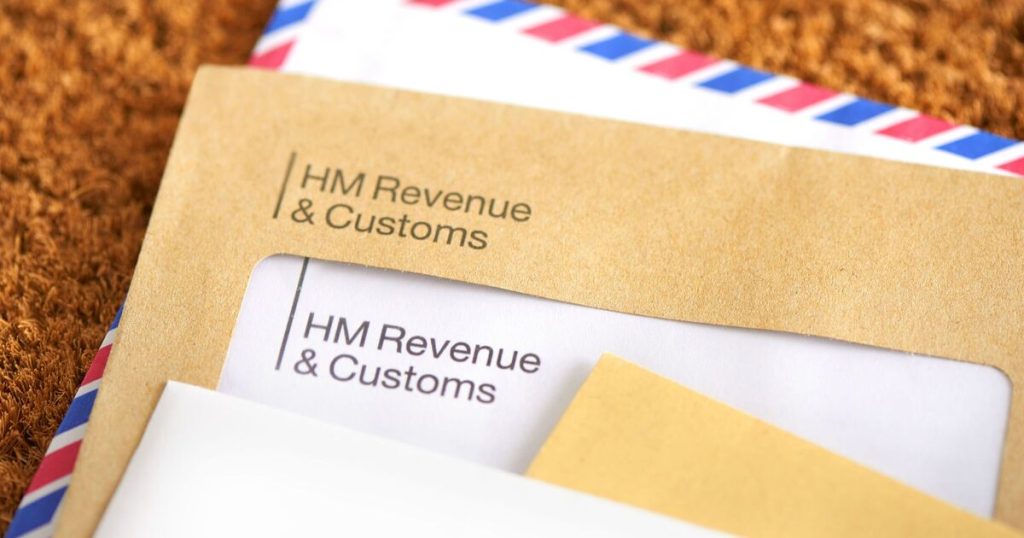
As the end of the tax year nears, UK households have just days left to sort out their tax situation and avoid a huge, crunching tax trap which could see you paying an effective 60% tax rate on your income.
Most people are aware that income tax is paid at either 20%, 40% or 45% in England and Wales (though the rates are different in Scotland), but there is a specific set of circumstances which can see you lose 60% of your income to tax which the government still hasn’t fixed and will still be in place when the new tax year starts in April, too. Dubbed a ‘stealth tax’, the 60% tax trap is because of a quirk in the Personal Allowance system.
Everyone starts off with a Personal Allowance of £12,570, the amount you can earn tax-free without paying tax on it. For example, if you earn £20,000 in a year, you don’t pay 20% tax on that amount, you pay 20% tax on £7,230, or roughly £1,460 in tax. That’s because there’s no tax to pay on the first £12,570 you earn, then 20% on the rest, up to £50,270 when you pay 40% over that amount, and so on.
But those who earn £100,000 or more will start to lose their Personal Allowance. This tax-free amount is ‘tapered off’ for high earners. For every £2 you earn over £100,000, you lose £1 of your Personal Allowance.
On top of this, an extra 2% National Insurance takes even more money away.
As tax experts SJP explain: “In real terms, this means that for every £100 of income between £100,000 and £125,140, £40 is deducted in Income tax, while another £20 is lost by the tapering of the personal allowance. You will also pay Employee National insurance at 2% on the income. This amounts to a 60% tax rate, plus National insurance. Once you’re earning £125,140 or more, you don’t get any personal allowance at all. It feels like a double jeopardy.”
But there is still time to avoid the 60% tax rate if you act before April 5, the last day of the current tax year, and take steps to cut your tax bill.
They added: “One of the quickest and simplest ways to bring your taxable income below the threshold is to pay more into your pension before tax year-end. This is a win-win, since you reduce your tax bill and boost your retirement fund at the same time.
“Here’s an example. You get a £1,000 pay rise or bonus, which takes your taxable income to £101,000. If you pay that £1,000 into your pension, you won’t enter the 60% tax zone and you’ll get the benefit of a 40% top-up on your contribution, thanks to pension tax relief.”





